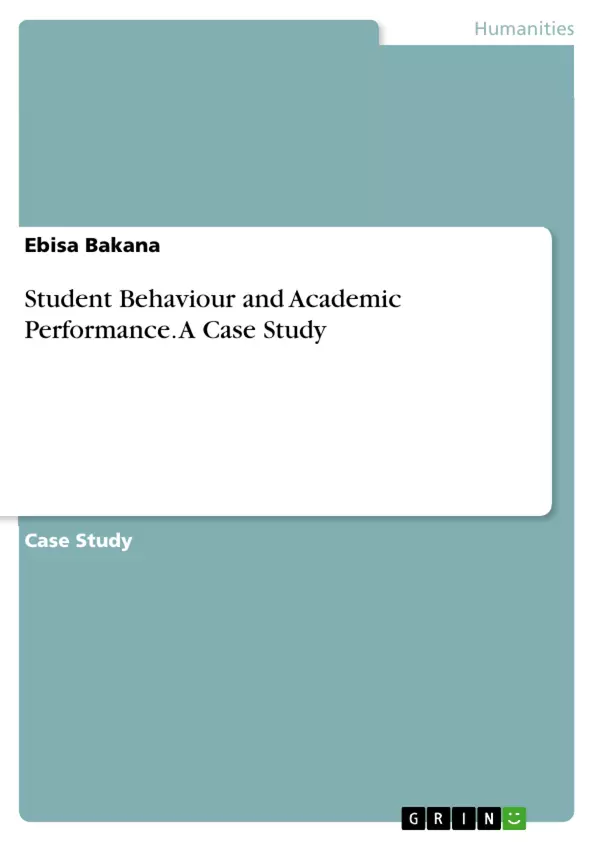The goal of any school is to create academically brilliant and behaviourally good students. To ensure that, it is better to know the relationship between behaviour and academic performance. This action research was conducted to study the relationship between students' behaviour and their academic performance at XYZ School. To reach the target population, the researcher selected all (45) grade 7 students and their teachers (10) purposefully. Instruments of data collection were questionnaires, interview, and reviewing students’ previous disciplinary records from the supervisor's office. The collected data were analysed and interpreted carefully. The collected data regarding students' behaviour changed into percentage and balanced with their class rank on a single sheet of paper.
Table of Contents
- CHAPTER 1: INTRODUCTION
- 1.1 Background of the Study.
- 1.2 Objectives
- 1.3 Significance of the Study.
- CHAPTER 2: LITERATURE REVIEW.
- 2.1 Theoretical Literature Review.
- 2.2 Defining Behavior
- 2.3 Factors Affecting Classroom Discipline...
- 2.4 Successful Teaching and Learning ....
- CHAPTER 3: RESEARCH METHODOLOGY...
- 3.1 Description of the Study Area
- 3.2 Target Population
- 3.3 Research Approach........
- 3.4 Data Collection Techniques .......
- 3.5 Data Analysis and Interpretation ....
- CHAPTER 4: FINDINGS, CONCLUSIONS AND RECOMMENDATIONS
- CHAPTER 5: CONCLUSIONS AND RECOMMENDATIONS
- Conclusions
- Recommendations
- REFERENCES.
Objectives and Key Themes
This action research aims to explore the relationship between students' behavior and their academic performance at XYZ School in Addis Ababa, Ethiopia. The study focuses on grade 7 students and their teachers to identify the impact of behavioral patterns on academic achievements.
- The relationship between discipline and academic performance.
- Strategies to reshape students with poor behavior.
- Recommendations for boosting students' academic performance.
- The importance of good classroom discipline for fostering a positive learning environment.
- The connection between behavioral patterns and academic achievement.
Chapter Summaries
Chapter 1: Introduction provides an overview of the study's background, objectives, and significance. It highlights the impact of various factors, including learning skills, parental background, peer influence, and teacher quality, on students' academic performance. The chapter also emphasizes the importance of addressing challenging student behaviors to create a conducive learning environment.
Chapter 2: Literature Review delves into the theoretical and practical aspects of defining behavior and its impact on effective instruction. It explores factors that affect classroom discipline and the role of successful teaching and learning in shaping student behavior and academic achievement.
Chapter 3: Research Methodology outlines the research approach, target population, data collection techniques, and data analysis methods used in the study. It provides a detailed description of the study area and the procedures for collecting and interpreting data.
Chapter 4: Findings, Conclusions and Recommendations presents the results of the research, analyzing the relationship between student behavior and their academic performance. It draws conclusions based on the findings and recommends strategies to improve classroom discipline and enhance academic performance.
Keywords
The key focus topics of this research include student behavior, academic performance, classroom discipline, teaching and learning, and the impact of behavioral patterns on academic achievement.
- Quote paper
- Ebisa Bakana (Author), 2022, Student Behaviour and Academic Performance. A Case Study, Munich, GRIN Verlag, https://www.grin.com/document/1267784



